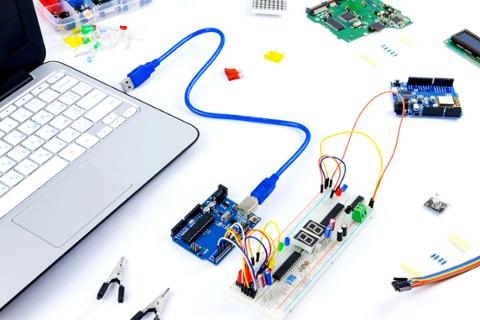The C++ programming language has been around for quite some time, which means it’s built up quite the mountain of legacy code. But the language’s continuing ubiquity isn’t just a matter of developers trying to maintain longtime apps and platforms; as the latest update to the TIOBE Index makes clear, C++ is actively growing.
Specifically, C++ has risen 1.48 percent over the past 12 months, reaching (in TIOBE’s estimation) a 7.11 percent market-share. That might not seem like stratospheric growth, but it beats out every single over “big” language on the list, including the ever-popular Python (which grew 0.59 percent over the past year). While C++ is currently in fourth place on TIOBE’s overall list, C is in first (with 15.95 percent), having overthrown Java (with 13.48 percent).
What’s behind the strong performance of C++? That’s an excellent question, but the note accompanying the rankings suggests that some recent updates have something to do with it: “I think that the new C++20 standard might be one of the main causes for this. Especially because of the new modules feature that is going to replace the dreadful include mechanism. C++ beats other languages with a positive trend such as R (+1.33%) and C# (+1.18%).”
In order to generate its rankings, TIOBE utilizes data from a variety of aggregators and search engines, including Google, Wikipedia, YouTube, and Amazon. For a language to rank, it must be Turing complete, have its own Wikipedia entry, and earn more than 5,000 hits for +”<language> programming” on Google. That methodology has attracted its share of critics over the years, who argue that the rankings are more a measure of these languages’ “buzz” than actual usage. In any case, “big” languages such as Python and C++ tend to stick to the upper rankings, while smaller languages often experience big ranking swings up and down.
C++ began its existence as “C with Classes,” but it’s managed to drift well away from C over the past few decades. If you’re learning the language, it also has extensive documentation (and you can purchase the official standard) as well as lots of tutorials and courses.



